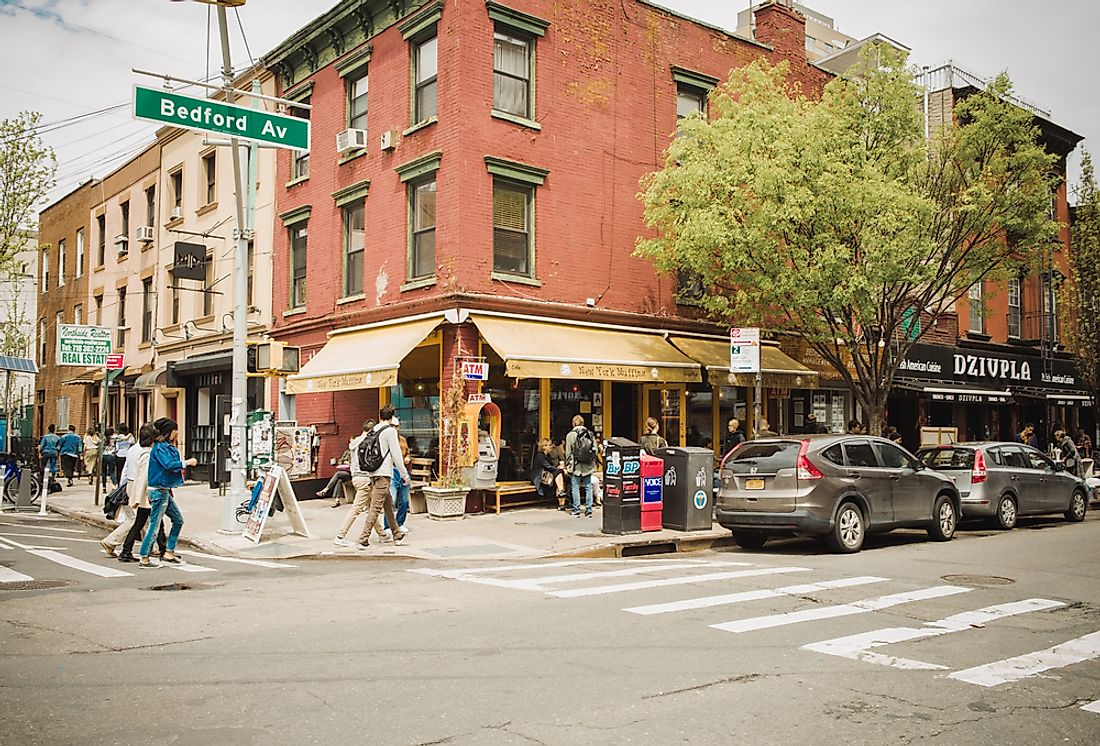What is Gentrification?

Gentrification occurs when new, wealthier residents move into an area and increase the property values, often pushing out older residents who can’t afford the newly rising rents or property taxes. The CDC (Centers for Disease Control and Prevention) defines gentrification as the “transformation of neighborhoods from a low value to high value.” Gentrification is a controversial topic, as many cities are struggling to balance progress and revitalization with adequate affordable housing.
Causes of Gentrification
There’s no easy answer to what exactly causes gentrification. However, there are some contributing factors:
1. White Flight and Blockbusting
In the United States, wealthy, middle-class families left city centers in the 1950s and 60s in a phenomenon called "white flight." Developers focused on expanding suburbs to accommodate the mostly white residents. Many banks and landowners refused to work with any non-white prospective buyers and engaged in "blockbusting" to keep these residents out. For many cities, this meant that the only affordable housing was in the center of town. Landlords in these areas couldn’t afford to discriminate against interested tenants.
2. Inner Cities Desirable Again
In the 70s and 80s, the population in the US grew exponentially. At the same time, cities began to become more desirable places to live. Investors and developers focused on renovating existing neighborhoods to accommodate a more centralized job market. Middle-class and upper-middle-class people moved back to the city, and landlords began to raise rent prices, pushing out the lower-income families. Today, the cities are more desirable than ever, and both new and old residents struggle to find affordable housing.
3. Supply and Demand
Various theories focus more on changing values or a particular problem of supply and demand. When demand outweighs supply, gentrification is likely to occur.
Benefits
Who does gentrification benefit? Here are some ideas:
Landlords
Some proponents of gentrification encourage the process because new construction and wealthier residents lead to rising property values. From a landlord's point of view, this makes the idea of investing in an area more desirable.
Infrastructure
When a neighborhood gentrifies, infrastructure generally improves and newer, trendier businesses move in. Developers often invest in local amenities and add to the available housing in the area by turning existing buildings into apartments.
Negative Effects
There are several groups of people who are negatively affected by gentrification:
Unaffordability
When an area gentrifies, it often moves from a diverse, affordable place to one that lacks residents of different socio-economic groups due to a shortage of affordable housing. Sometimes, gentrifying neighborhoods are homogenized, as local businesses cannot afford to operate in their original locations.
Displacement
As rent starts to go up, many residents of gentrifying areas, some of whom have lived in the neighborhood for years, can no longer afford to stay in their homes or businesses. A local business owner might not be able to pay the rent on their store, or an elderly couple might not have the funds to continue paying their mortgage.
Homelessness
People who are displaced often have to move far from their jobs and families, and they put pressure on nearby neighborhoods as they try to find new housing. This can lead to an increase in homelessness.







